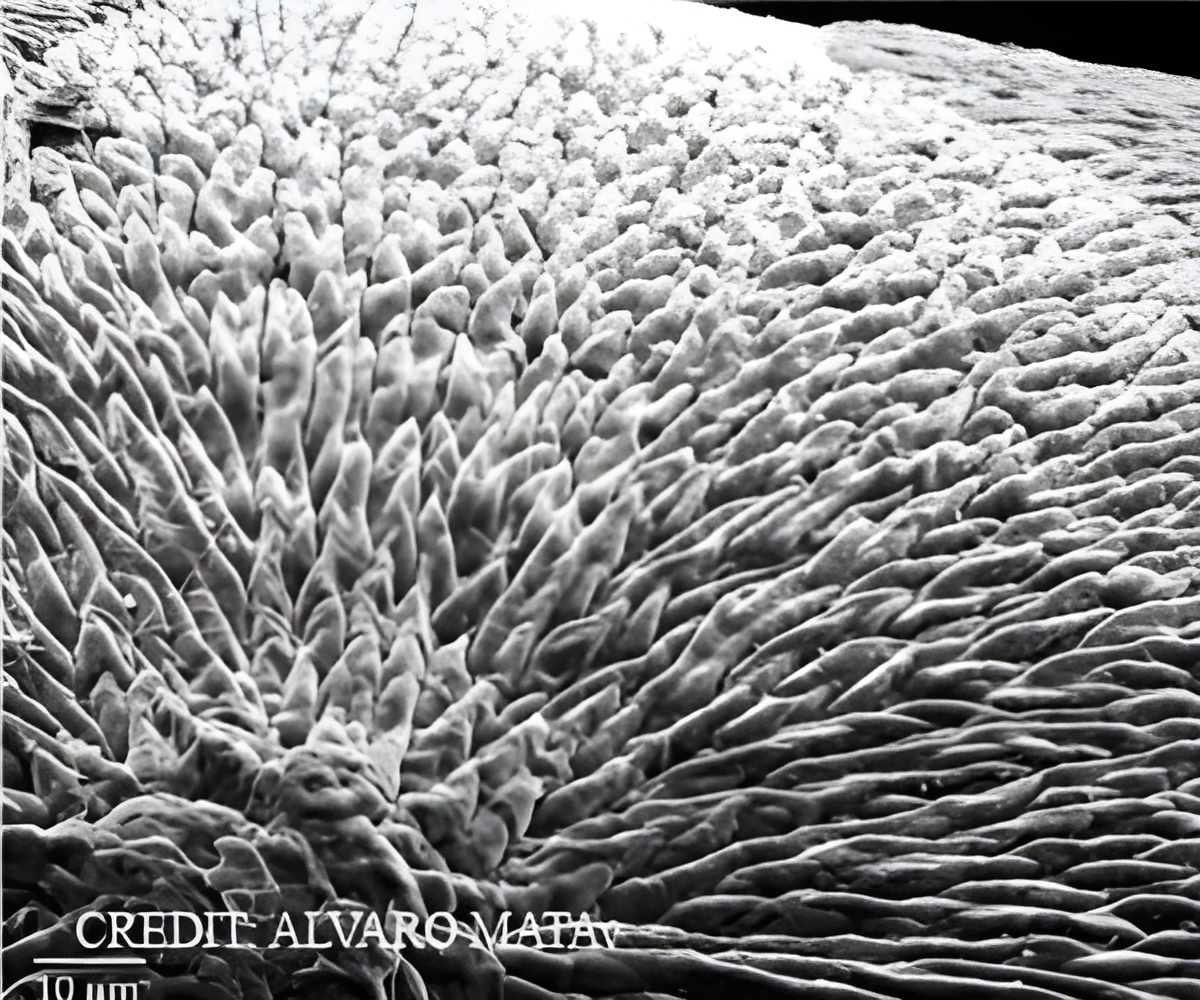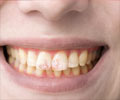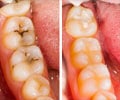New enamel-like material can regenerate hard tissues such as dental enamel and bone. The mineralized materials can be used in the prevention and treatment of dental complications such as tooth decay, tooth sensitivity or dentin hypersensitivity.

TOP INSIGHT
New enamel-like material can regenerate hard tissues such as dental enamel and bone. The enamel cannot regenerate once it is lost, which can lead to pain and tooth loss. The mineralized materials can be used in the prevention and treatment of dental complications such as tooth decay, tooth sensitivity or dentin hypersensitivity.
The study shows that this new approach can create materials with remarkable precision and order that look and behave like dental enamel.
The materials could be used for a wide variety of dental complications such as the prevention and treatment of tooth decay or tooth sensitivity - also known as dentin hypersensitivity.
Dr. Sherif Elsharkawy, a dentist and first author of the study from Queen Mary's School of Engineering and Materials Science, said: "This is exciting because the simplicity and versatility of the mineralization platform open up opportunities to treat and regenerate dental tissues. For example, we could develop acid resistant bandages that can infiltrate, mineralize, and shield exposed dentinal tubules of human teeth for the treatment of dentin hypersensitivity."
The mechanism that has been developed is based on a specific protein material that is able to trigger and guide the growth of apatite nanocrystals at multiple scales - similarly to how these crystals grow when dental enamel develops in our body. This structural organization is critical for the outstanding physical properties exhibited by natural dental enamel.
Enabling control of the mineralization process opens the possibility to create materials with properties that mimic different hard tissues beyond enamel such as bone and dentin. As such, the work has the potential to be used in a variety of applications in regenerative medicine. In addition, the study also provides insights into the role of protein disorder in human physiology and pathology.
 MEDINDIA
MEDINDIA




 Email
Email





